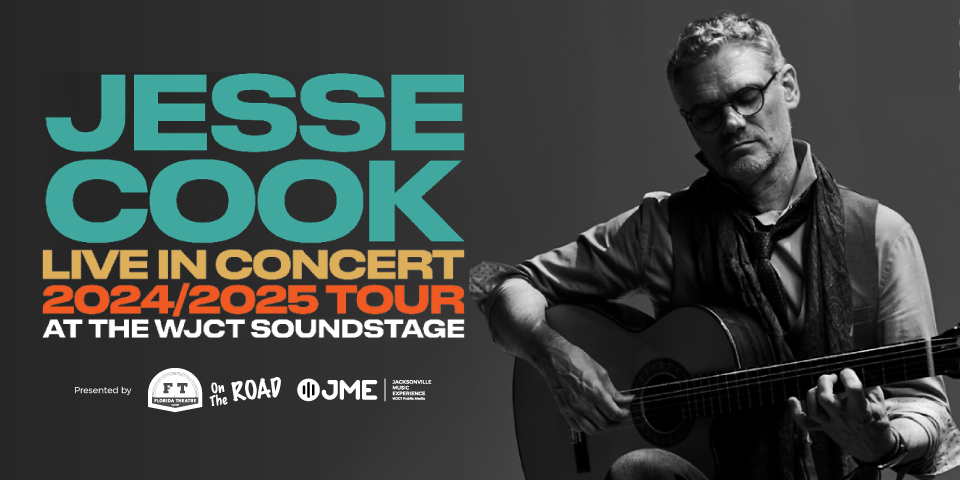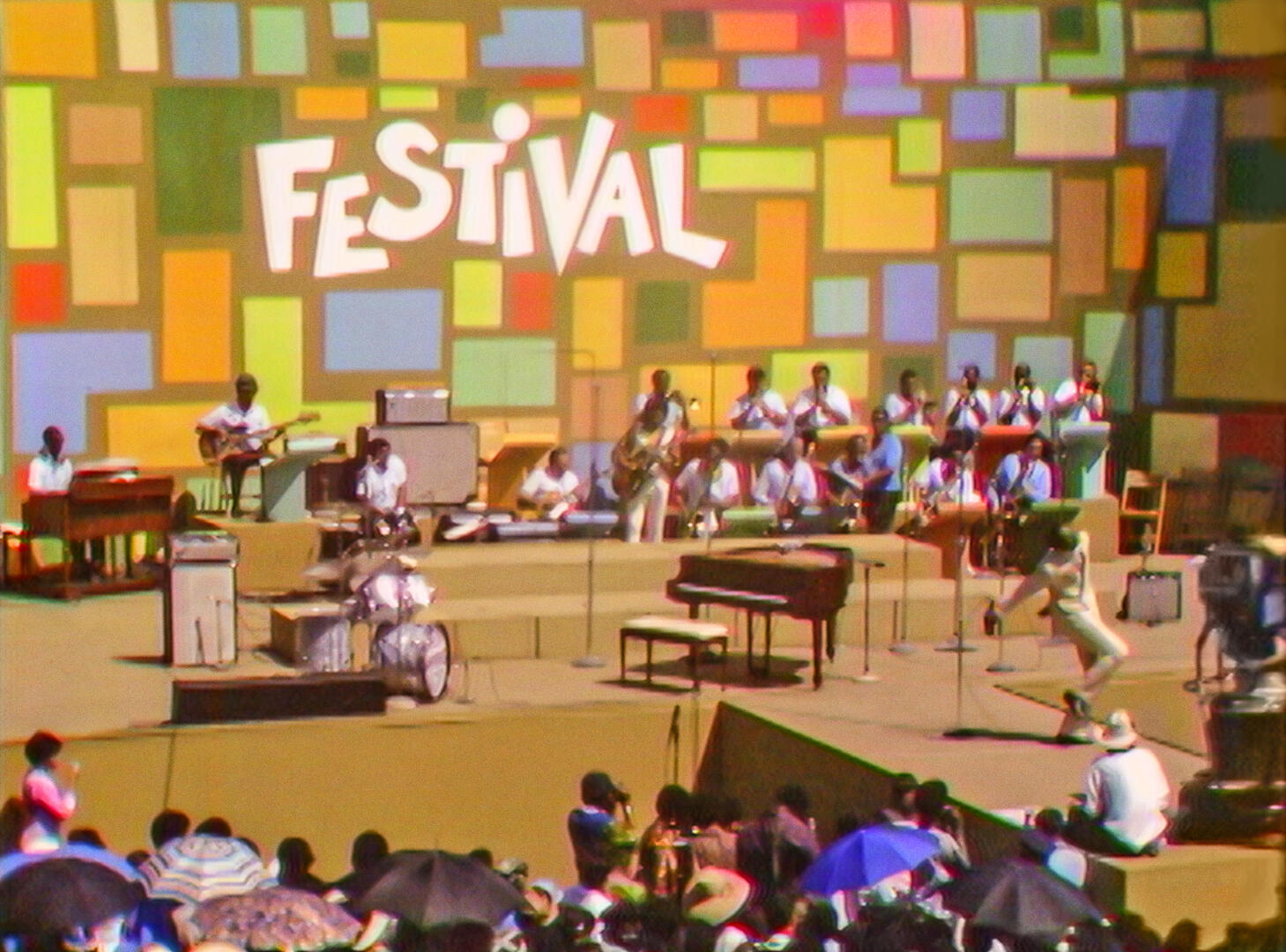
From the funky, opening groove of the film’s first song, Stevie Wonder’s slinky jam on the Isley’s Brothers’ “It’s Your Thing,” it is obvious the new documentary Summer of Soul (…or When the Revolution Could Not Be Televised) will be packed with little-seen, landmark live performances.
But watch a little longer, as Wonder sits behind a drumkit to whip off a crackling drum solo. As he works the kit, clips of news reports and pundits surface talking about the crucial political and social issues facing Black people in 1969. And you realize you’re seeing something more.
Crafted from footage of the 1969 Harlem Cultural Festival – an event so filled with stars from soul, R&B, blues and jazz they called it the Black Woodstock – Summer of Soul is a breathtaking chronicle of Black culture in a pivotal moment.
A wide constellation of stars turned up for the festival, which drew more than 300,000 people over six free concerts held in the space now known as Marcus Garvey Park. The roster of performers included Wonder, Nina Simone, Gladys Knight and the Pips, Mahalia Jackson, The Staples Singers, B.B. King, Ray Barretto, The Temptations’ former frontman David Ruffin, The 5th Dimension, and more.
Just documenting their jaw-dropping live work would add up to an amazing concert film. But Summer of Soul uses the music as both inspiration and foundation, setting the scene for subjects to talk about everything from the debate over non-violence in civil rights work to Harlem’s status as a cultural oasis for Black people.
Remixing and recovering Black history
If this sounds like the remix work of a master DJ, that’s because it is. Summer of Soul is the directorial debut of Ahmir “Questlove” Thompson, the renowned DJ, drummer, producer and bandleader behind hip hop legends The Roots.
Questlove crams the movie with historic musical moments. And, through new interviews, he lets musicians tell heartfelt stories about what led them to the festival.
“We were constantly being attacked because we weren’t, quote-unquote, ‘Black enough,’ ” says Marilyn McCoo, a member of the velvety-smooth, all-Black pop vocal group The 5th Dimension. She notes fans of their hits, like “Up, Up and Away,” sometimes thought the group was white until they saw an album cover or watched them perform live.
“Sometimes, we were called the Black group with the white sound … we didn’t like that … because, how do you color a sound?” says McCoo, tearing up while she watched footage of the group performing another hit, “Aquarius/Let the Sunshine In.”
“That was one of the reasons why performing in Harlem was so important to us,” she adds, voice cracking. “Because we wanted our people to know what we were about.”
That kind of emotion surfaces often in Summer of Soul, as the camera captures people who attended the festival more than 50 years ago, crying as they remember the power of seeing so many Black people in one place, celebrating Black culture.
“As far as I could see, it was just Black people,” says screenwriter and producer Musa Jackson, who was a child when he attended the festival. “This was the first time I had seen so many of us … It was the ultimate Black barbecue.”
The film lines up an impressive array of voices for new interviews, including Chris Rock, Sheila E., Lin-Manuel Miranda and his father, Luis Miranda. By 1969, the country had already endured the assassinations of John F. Kennedy and Martin Luther King Jr.; the film suggests one reason city officials backed the festival was in hope the celebration would prevent rioting on the anniversary of King’s murder.
The film also reflects significant shifts in Black culture and expression at that pivotal moment. Award-winning journalist and former NPR correspondent Charlayne Hunter-Gault spoke about transitioning from use of the word “negro” to “Black” in describing African Americans while working at The New York Times in 1969. When an editor there changed words in one of her stories from “Black” to “negro,” she responded with an 11-page memo that convinced editor Abe Rosenthal to update the paper’s policy.
One of the film’s most affecting moments comes when gospel legends Mahalia Jackson and Mavis Staples team up to sing “Take My Hand, Precious Lord.” The gospel song was a favorite of civil rights leader Rev. Martin Luther King Jr., who had been assassinated one year earlier.
In a spellbinding sequence, the movie alternates between a new interview with the Rev. Jesse Jackson and footage from the festival where Jackson tells the crowd Dr. King mentioned the song in his last words before he was shot.
“Gospel was therapy for the stress and pressure of being Black in America,” Rev. Al Sharpton says, earlier in the film. “We didn’t go to a psychiatrist. We didn’t go lay on a couch. We didn’t know anything about therapists. But we knew Mahalia Jackson.”
In once unseen and unclaimed footage, an erasure
Director Hal Tulchin filmed all the performances: Six different free shows over six weeks. But the Woodstock Festival, which took place that same summer, completely overshadowed the Harlem Cultural Festival. When Tulchin tried to sell the footage to a film or TV outlet, no one wanted it.
“The fact that 40 hours of this footage was kept from the public is living proof that revisionist history exists,” says Questlove, quoted in the film’s press materials. “I want to make sure black erasure doesn’t happen during my lifetime … and the film was an opportunity to work towards that cause.”
That’s why the work of Questlove and his producers in unearthing the footage and shaping it into such an emotional, nostalgic, insightful story is so important.
He has reclaimed a crucial moment in history, reminding the world of the resilience and power of Black culture in the process.
9(MDEwNzczMDA2MDEzNTg3ODA1MTAzZjYxNg004))
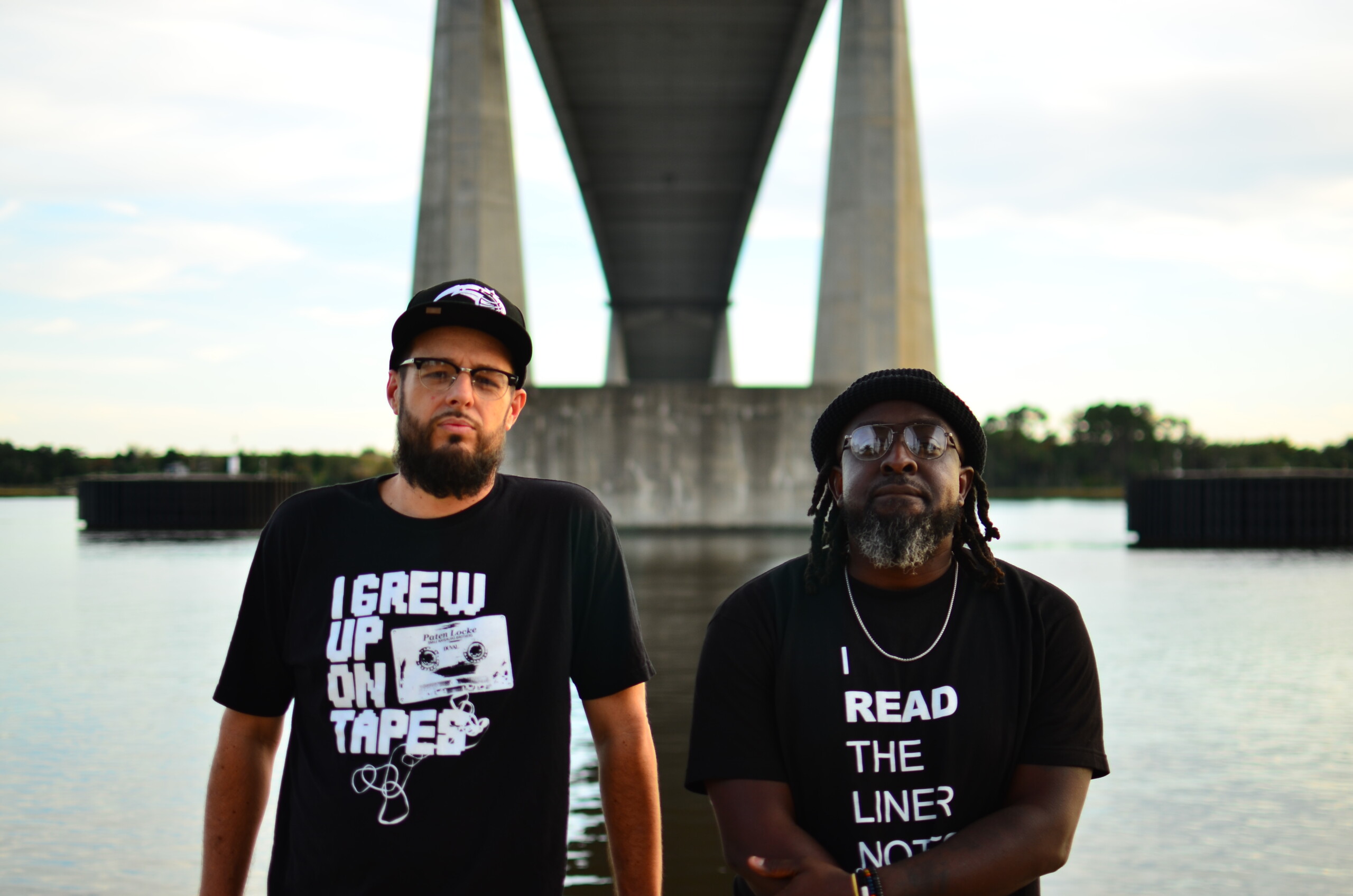
Mr. Al Pete and Notsucal Release Their Latest Collab, ‘G4.5’
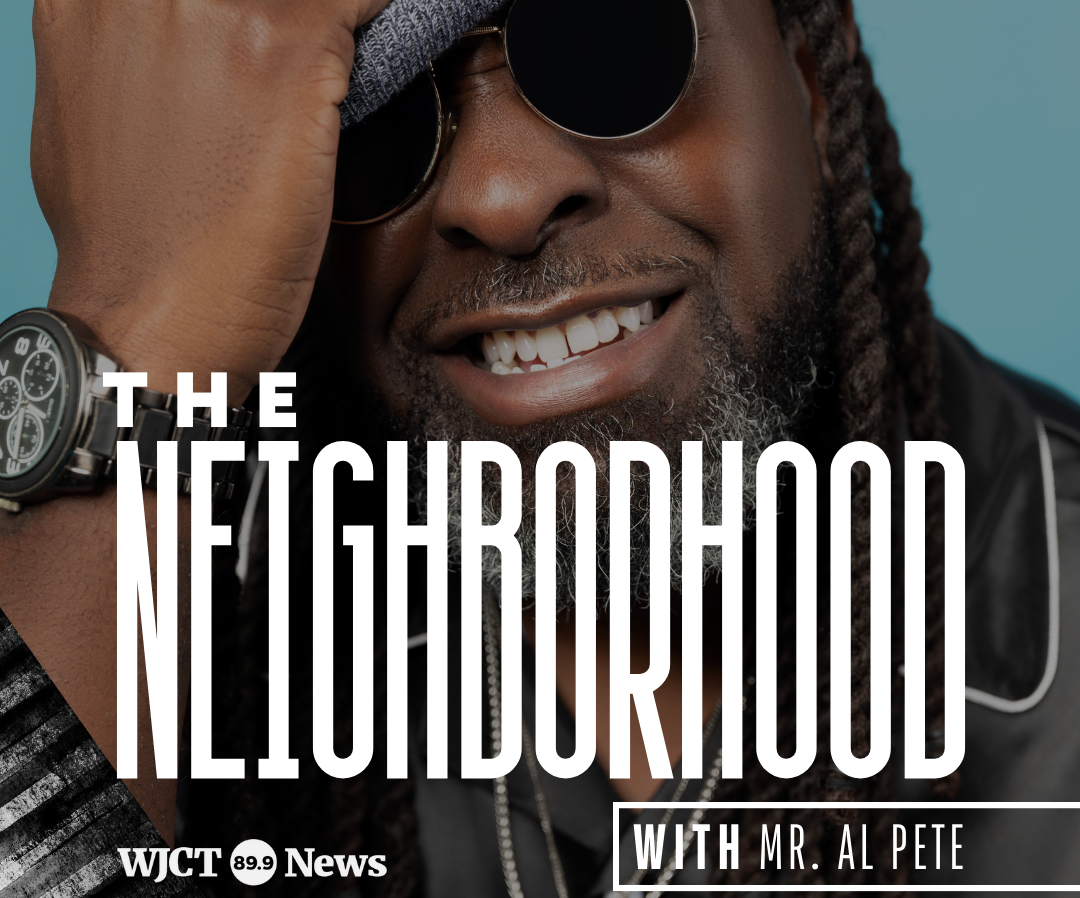
Dinner Party, Tom Misch and More from the Neighborhood with Mr. Al Pete

An Ultra-Chill Playlist from the Latest Episode of Electro Lounge
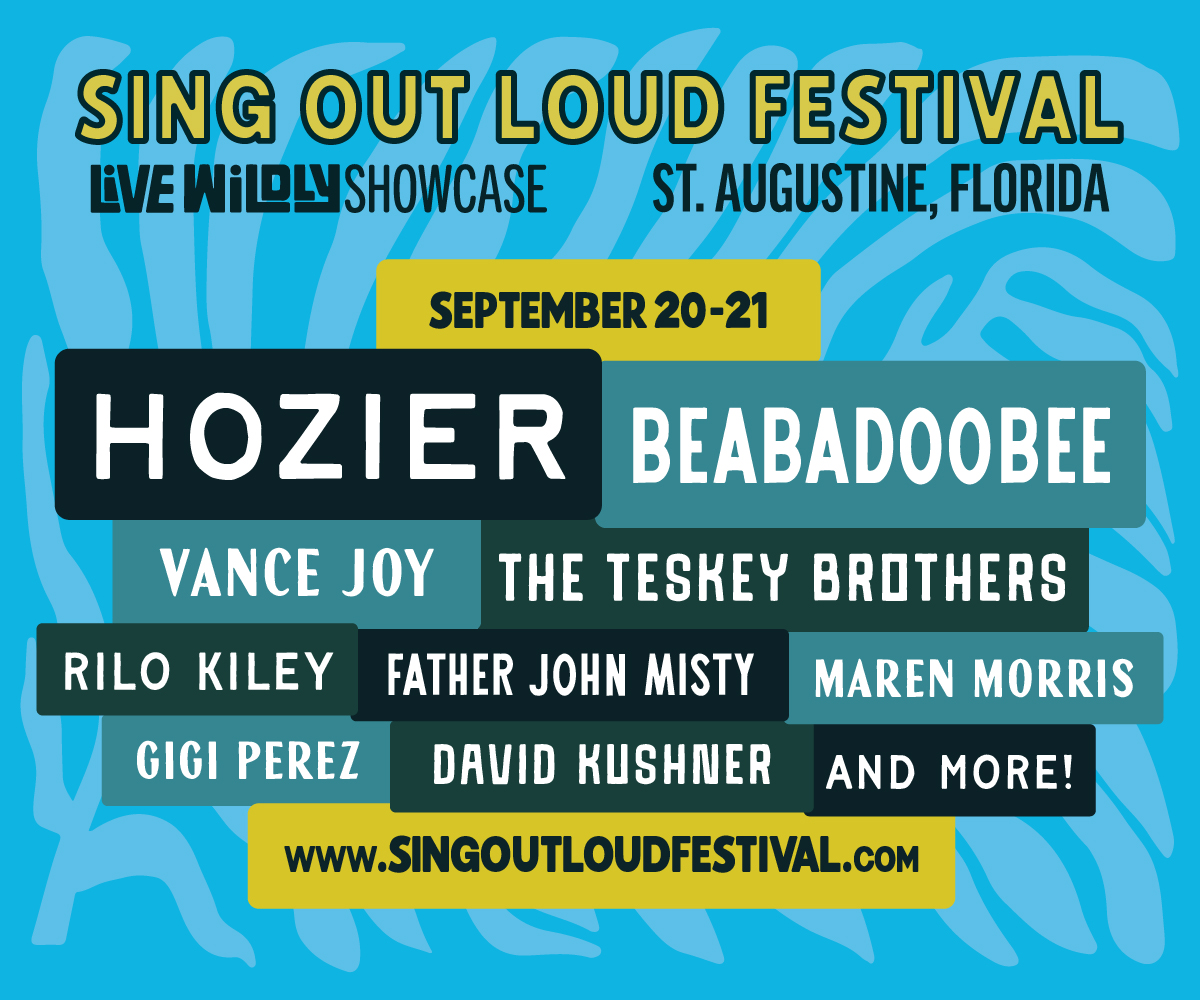
Sing Out Loud Festival Returns With Hozier, Beabadoobee, Father John Misty, Vance Joy and More

Chicago Alt-Country Faves Wilco Return to St. Augustine with Indie-Folk Great Waxahatchee

Looking for an Alternative to Spotify? Consider Hopping on the band(camp) Wagon
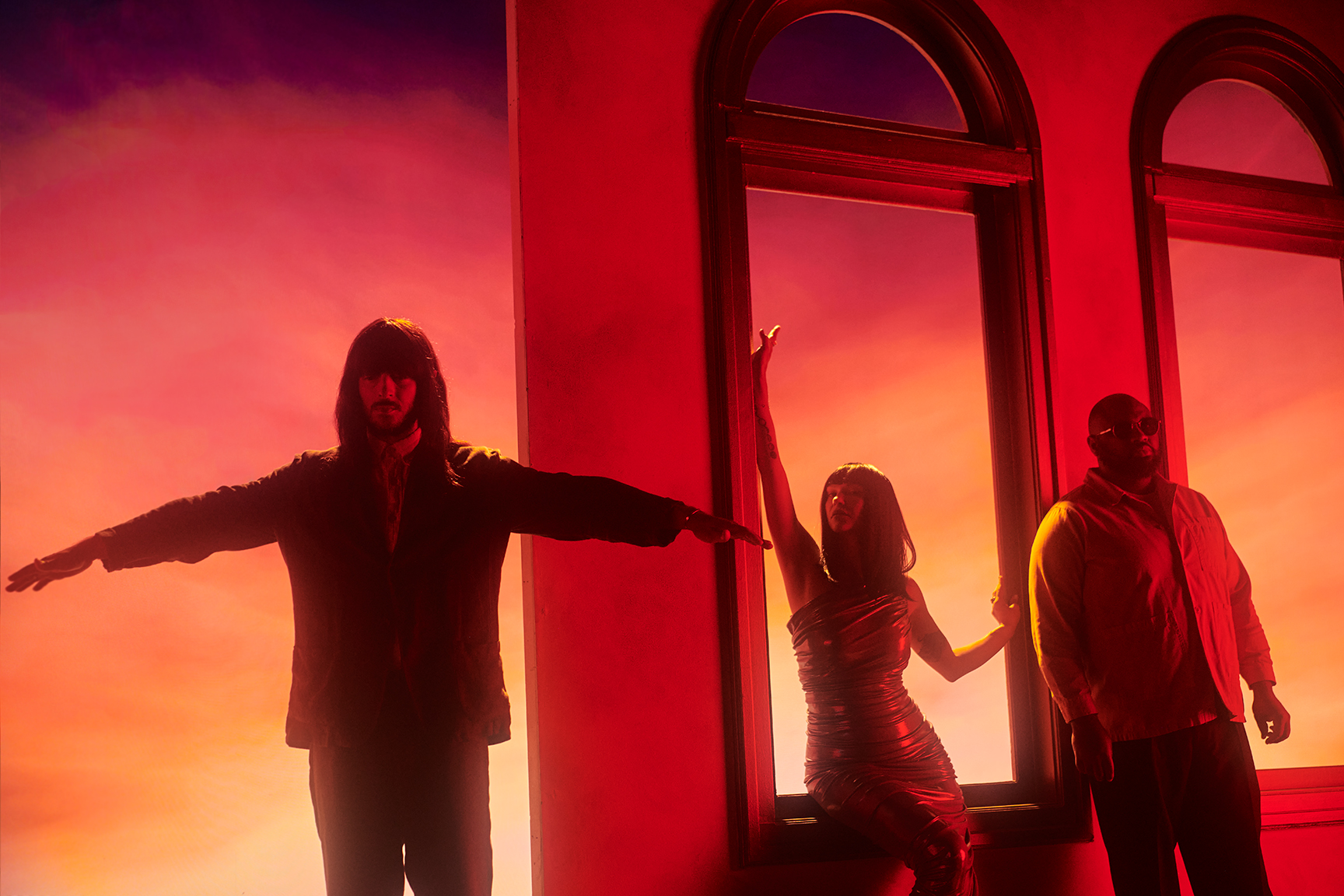
Khruangbin to Bring ‘A LA SALA’ Tour to St. Augustine in April

Perfume Genius, Flipturn, Tamino + Mitski and 6 New Songs to Stream
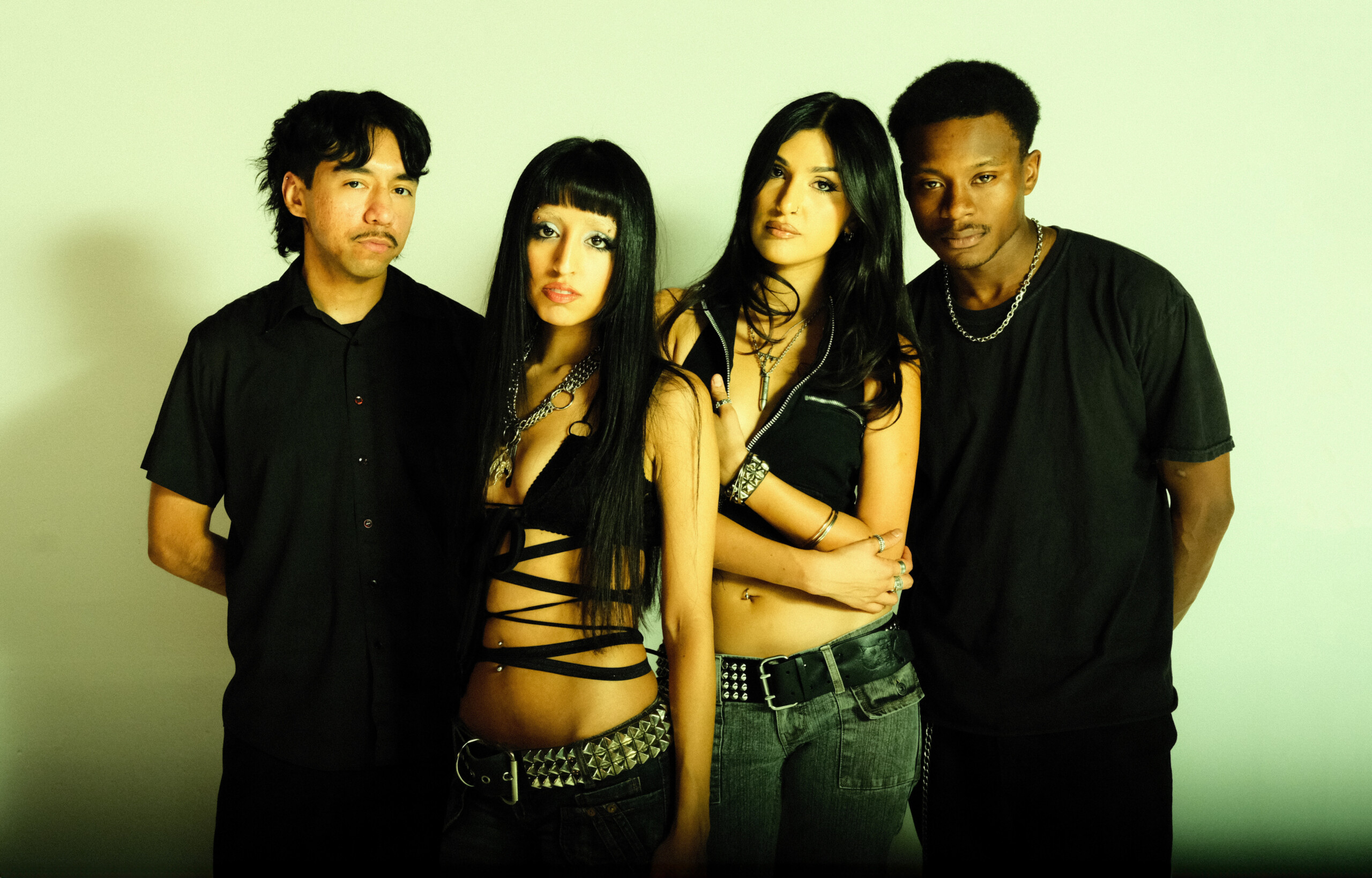
Song of the Day | “all tied up” by Glixen




